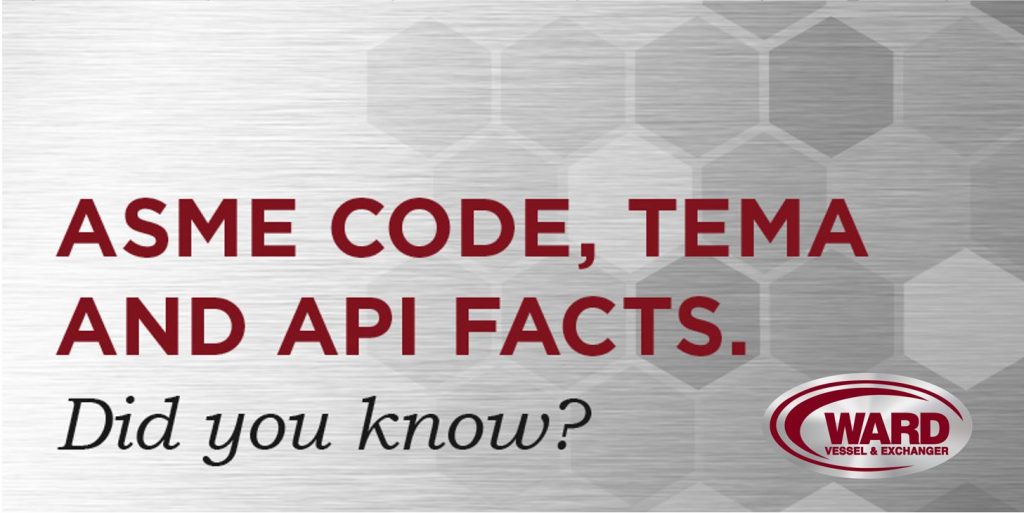 Heat exchanger tube end welds can be specified as strength welds or seal welds. What is the difference? The tube to tubesheet joint is a critical component of the exchanger and must be designed for several conditions. First, the joint needs to seal against pressure acting from both the shell and tube sides. Second, the joint needs to be able to handle the axial forces of the tubes as they grow or contract due to thermal differences in the exchanger. A strength weld is designed to be large enough to handle all the forces and pressures on the joint. In fact, normally a strength weld is designed to be as strong as the tube itself. A seal weld, on the other hand, is only a minimal size weld acting as a secondary seal. The primary joint strength and sealing is obtained from expanding the tubes into the tubesheet in those cases. Tube expansion is required for seal welded joints, but optional for strength welds.
Heat exchanger tube end welds can be specified as strength welds or seal welds. What is the difference? The tube to tubesheet joint is a critical component of the exchanger and must be designed for several conditions. First, the joint needs to seal against pressure acting from both the shell and tube sides. Second, the joint needs to be able to handle the axial forces of the tubes as they grow or contract due to thermal differences in the exchanger. A strength weld is designed to be large enough to handle all the forces and pressures on the joint. In fact, normally a strength weld is designed to be as strong as the tube itself. A seal weld, on the other hand, is only a minimal size weld acting as a secondary seal. The primary joint strength and sealing is obtained from expanding the tubes into the tubesheet in those cases. Tube expansion is required for seal welded joints, but optional for strength welds.
Heat exchanger tube end welds can be specified as strength welds or seal welds. What is the difference? The tube to tubesheet joint is a critical component of the exchanger and must be designed for several conditions. First, the joint needs to seal against pressure acting from both the shell and tube sides. Second, the joint needs to be able to handle the axial forces of the tubes as they grow or contract due to thermal differences in the exchanger. A strength weld is designed to be large enough to handle all the forces and pressures on the joint. In fact, normally a strength weld is designed to be as strong as the tube itself. A seal weld, on the other hand, is only a minimal size weld acting as a secondary seal. The primary joint strength and sealing is obtained from expanding the tubes into the tubesheet in those cases. Tube expansion is required for seal welded joints, but optional for strength welds.








